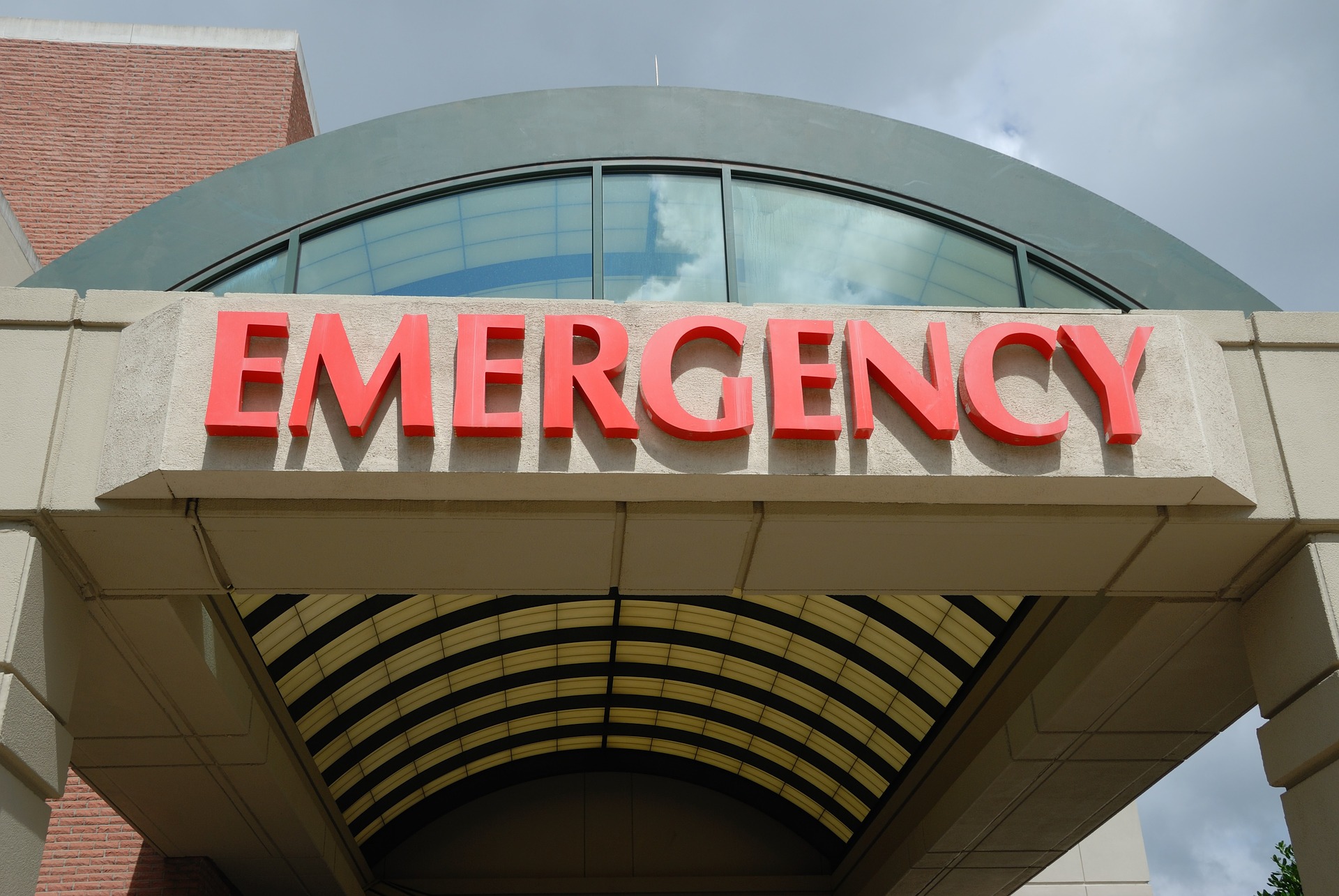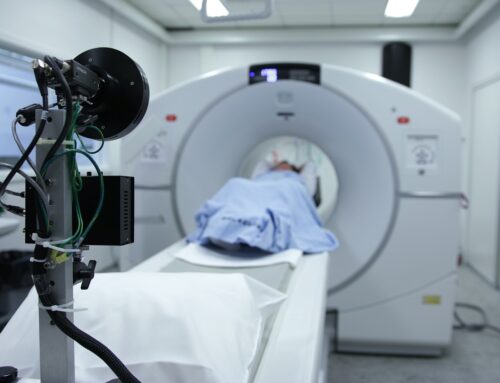Medical malpractice has long been a leading cause of death in hospitals, an alarming fact for anyone to hear. Of course, malpractice can occur in any hospital department – from the moment that someone is admitted in the emergency room through surgery and even recovery. Standards of care and legal duties for first responders and emergency room personnel protect them from certain situations, as these situations are rushed and more prone to accidents than a standard doctor’s visit. However, that does not absolve ER personnel from the accepted standards of care. Here is the information on emergency room malpractice that you need to know.
Standards of Care
By law, ER doctors, nurses, and other personnel are held to the same medical standards of care as those working in different departments of the medical facility. Any departure from these standards that resulted in avoidable patient harm may be deemed medical malpractice in a court of law. Like all malpractice lawsuits, emergency room malpractice cases focus on the theory of legal negligence. The plaintiff must prove that an emergency care worker breached their duties of care. This generally means that a competent professional in the same circumstances would not have made the same error. If it is determined that there was a breach of care, medical malpractice may be the result.
The emergency room is not a serene, orderly environment. It is chaotic and busy by nature, and therefore the mistake typically must have had severe consequences in order to be deemed negligence. In other words, ER physicians do not have the luxury of time to do research, read case studies, and consult with other professionals. They must quickly decide as to treatment, often in life and death situations. Therefore, a judge must decide if their decision, even if it was wrong, was reasonable given the information they were presented with. Mistakes due to incompetence, unsanitary conditions, carelessness, or understaffing may prove to fall under medical malpractice.
Negligence and Misdiagnosis
Misdiagnosis is considered the most common ER error. Keeping patients moving in and out of the ER as quickly as possible is necessary. If a physician does not have all the essential information and history, does not listen to the patient’s feedback, or rushes to diagnosis, they can seriously harm the patient. This means they may be diagnosed with something they do not have or not treated for something they do. Misdiagnosis, delayed diagnosis, and failure to diagnose in the emergency room will be ruled malpractice if another physician could have made a correct diagnosis in the same circumstances. Other common types of ER errors that are seen in court include:
- Paramedic, first responder, and EMT neglect
- Refusing to see the patient promptly
- Errors in anesthesia administration
- Surgical mistakes
- Transfusion of contaminated blood
- Prescription medication mistakes
- Incorrect or missed tests, misinterpretation of test results
- Wrongful patient discharge
Errors of this kind can result in significant patient harm and may even be fatal. If an emergency room physician dismisses a patient’s complaints and does not order the proper tests or discharges that patient, the individual is not likely to receive the care they deserve. Instead, the patient could see their condition worsen.
However, as stated, it does need to be determined if the mistake was severe enough to warrant a medical malpractice case. These cases are complex in nature and not always easy to prove, and it is vital to have a team of professional malpractice attorneys on your side. If you had a bad experience at a local Sarasota, Orlando, or Tampa emergency room, call Probinsky & Cole today to determine if you have a case.








